Formative assessments play a vital role in understanding student progress and adapting teaching strategies for better learning outcomes. With the advent of Artificial Intelligence (AI), educators now have access to a wide array of tools that can transform the way they create and use formative assessments in the classroom. Let’s explore some AI-powered tools that help teachers develop effective formative assessments:
What Is Formative Assessment?
Formative assessment is an ongoing way for teachers to check student understanding of what’s being taught. It gives the teacher information about how students are doing while they are still learning new material. Formative assessments can help identify concepts students are struggling with so teachers can adjust instruction, review, and reteach if needed. Examples of formative assessment include questioning during class discussions, quick writing or drawing assignments to show what they learned, practice quizzes, exit tickets, and more.
Six Tools for Creating Formative Assessments
1. ChatGPT
You can always ask ChatGPT or your favorite AI chatbot to create a formative assessment. An example prompt you could use is, “Generate a list of [number] formative assessment ideas related to [insert topic] for my [grade level and subject] students.” Just replace each bracket with the information for each prompt. You can also ask ChatGPT to align your formative assessments with specific learning objectives. In addition, differentiate your formative assessments by asking ChatGPT to give you five assessment ideas using a variety of modalities like exit tickets, quizzes, graphic organizers, etc.
2. Conker
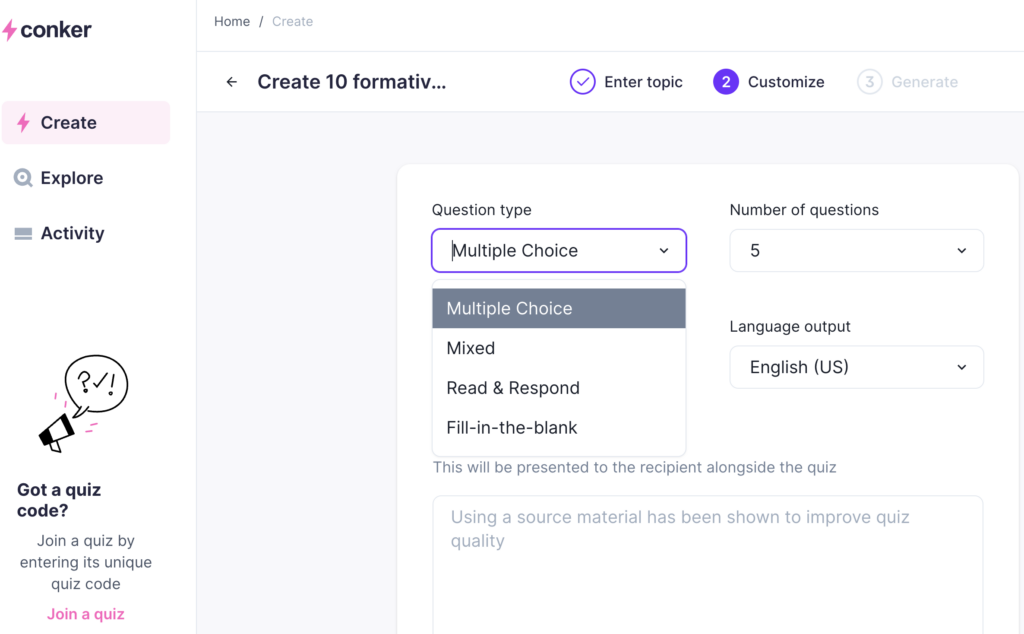
Conker lets you create fast quizzes and formative assessments that can be differentiated by question type, grade level, and more. It will also allow you to copy/paste reading material to generate quizzes. All you have to do is open Conker and provide details about the quiz you want to create. Conker will then create a short formative assessment you can assign to students with a code or export it to Google Forms. You can even create a printable question sheet and answer sheet. There is a limited free plan, and teacher registration is required.
3. Magic School AI
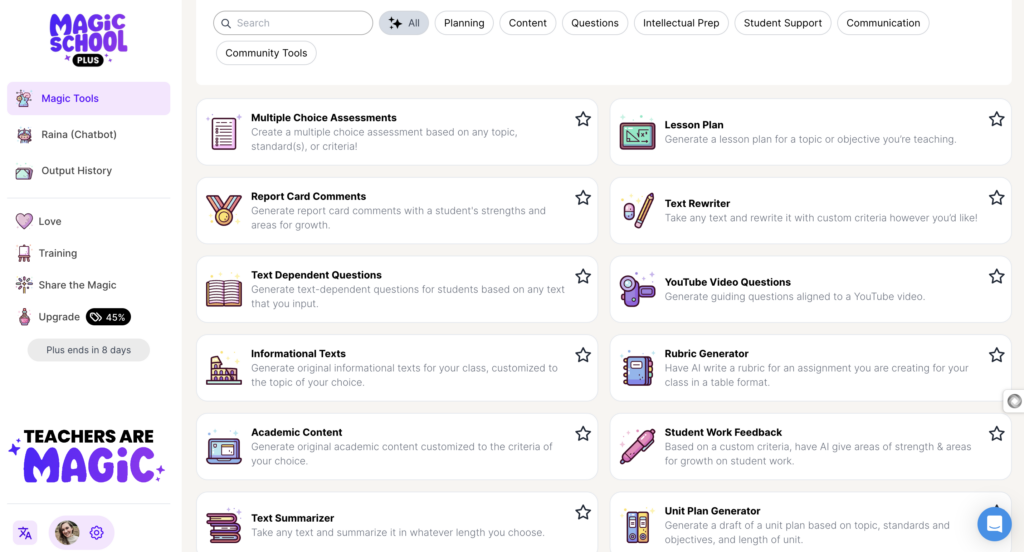
Magic School AI offers several tools and features that can be valuable for creating and implementing formative assessments in your classroom. This tool allows you to quickly build multiple-choice quizzes tailored to specific topics or standards. You can customize difficulty levels, question types, and answer keys to assess students’ base knowledge and readiness for new learning. In addition, you can generate quick reflection prompts or questions to collect student understanding at the end of a lesson. Then, you can quickly analyze the responses to identify areas for further clarification or address common misconceptions before moving on. There are both free and paid versions of the program. Learn even more about Magic School AI here.
4. QuestionWell
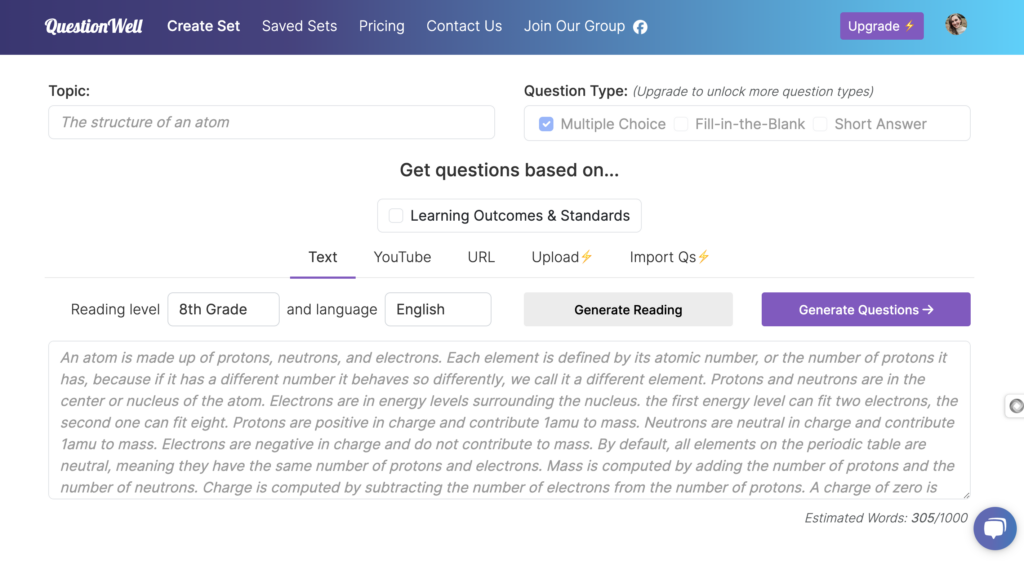
QuestionWell generates questions so teachers can focus on what matters. Start by identifying the topic, content, and grade level. If you have text you want your formative assessment based on, you can provide it, but it isn’t necessary. Then, the AI will write questions. In the free version of QuestionWell, you can create a multiple-choice quiz with 20 questions. Once the questions are generated, select which ones you want to include in the quiz. Then, you can export the questions to tools like Google Forms, Kahoot, Canvas, Microsoft Word, and more.
5. Quiz Wizard
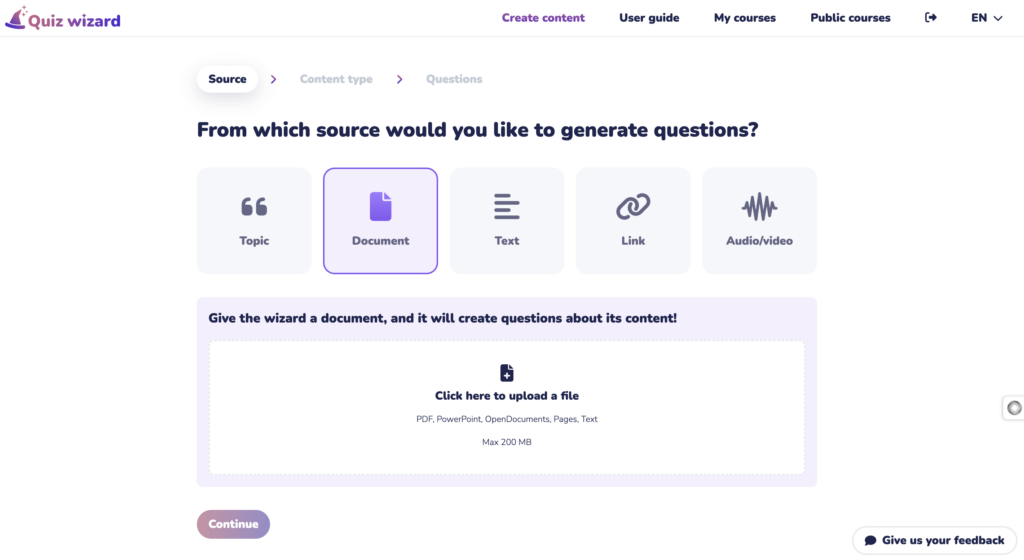
Quiz Wizard is an AI-powered tool that generates multiple-choice questions and flashcards that can be used for formative assessments within seconds. The process is straightforward and involves you entering the topic of your choice into the tool, and Quiz Wizard takes care of the rest by generating unique questions and answers. The content can be exported to other platforms, like Microsoft Word.
6. Quizizz AI

Quizizz AI is an artificial intelligence-powered tool that can generate multiple-choice questions with four answer options. The tool can also automatically determine the appropriate number of questions to generate for a formative assessment from the content provided. You can create a quiz by uploading a document, entering text, or pasting a link to a webpage. Quizizz AI offers free and paid premium versions.
These AI-powered tools offer not only instant feedback but also insights into individual student needs, allowing you to tailor your instruction effectively. By leveraging these AI tools, you can create a dynamic and adaptive learning environment, fostering student engagement and growth.

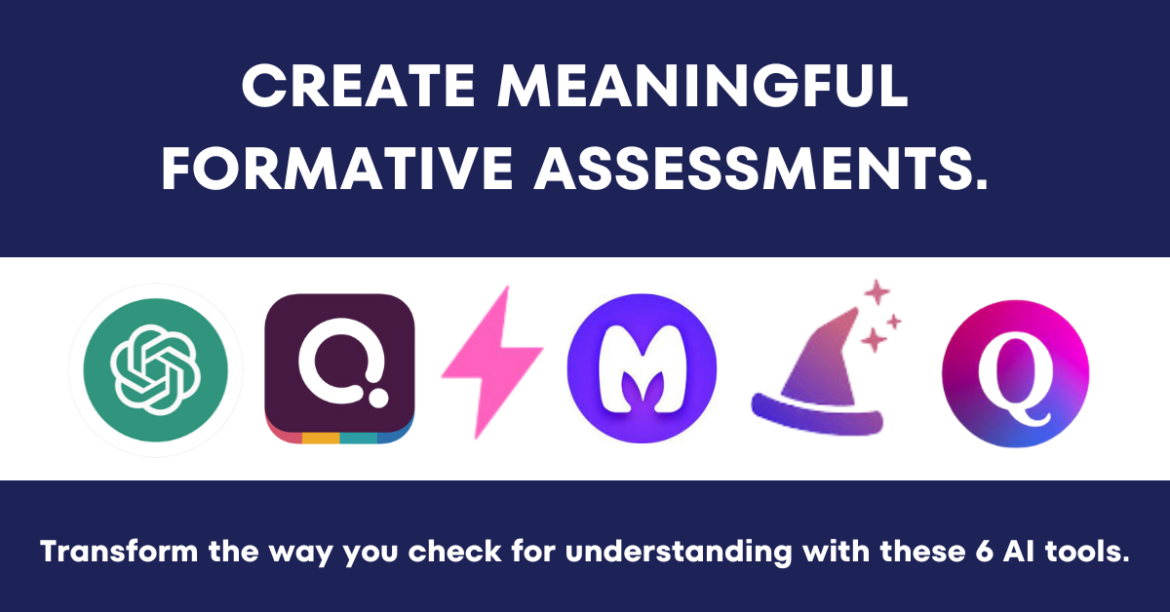
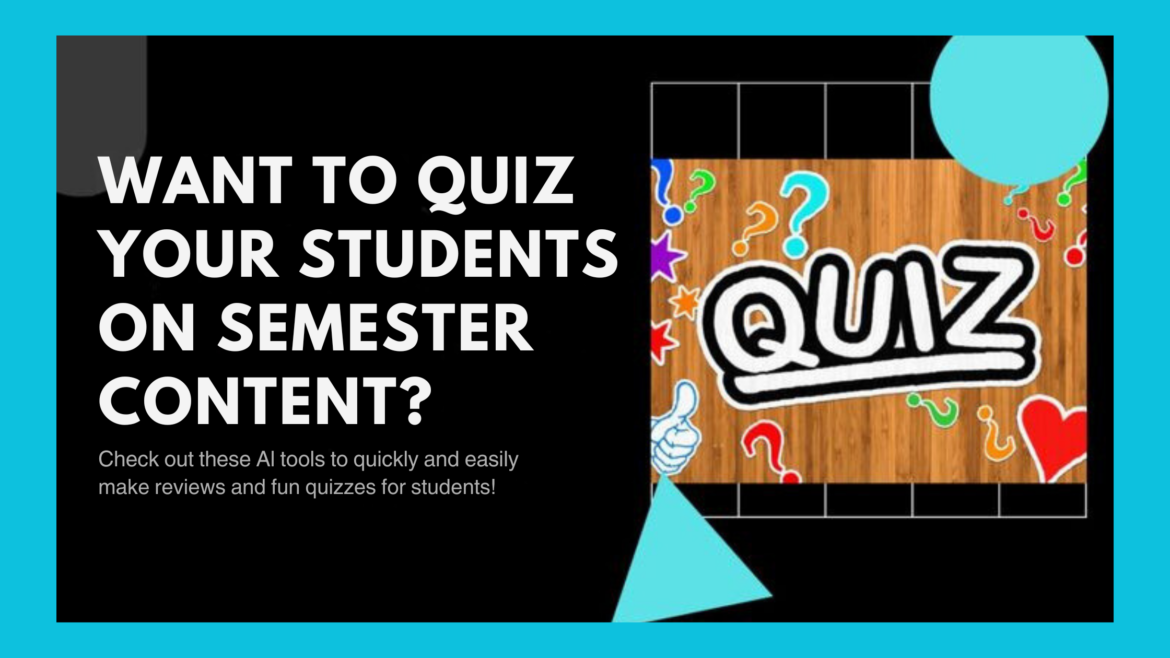
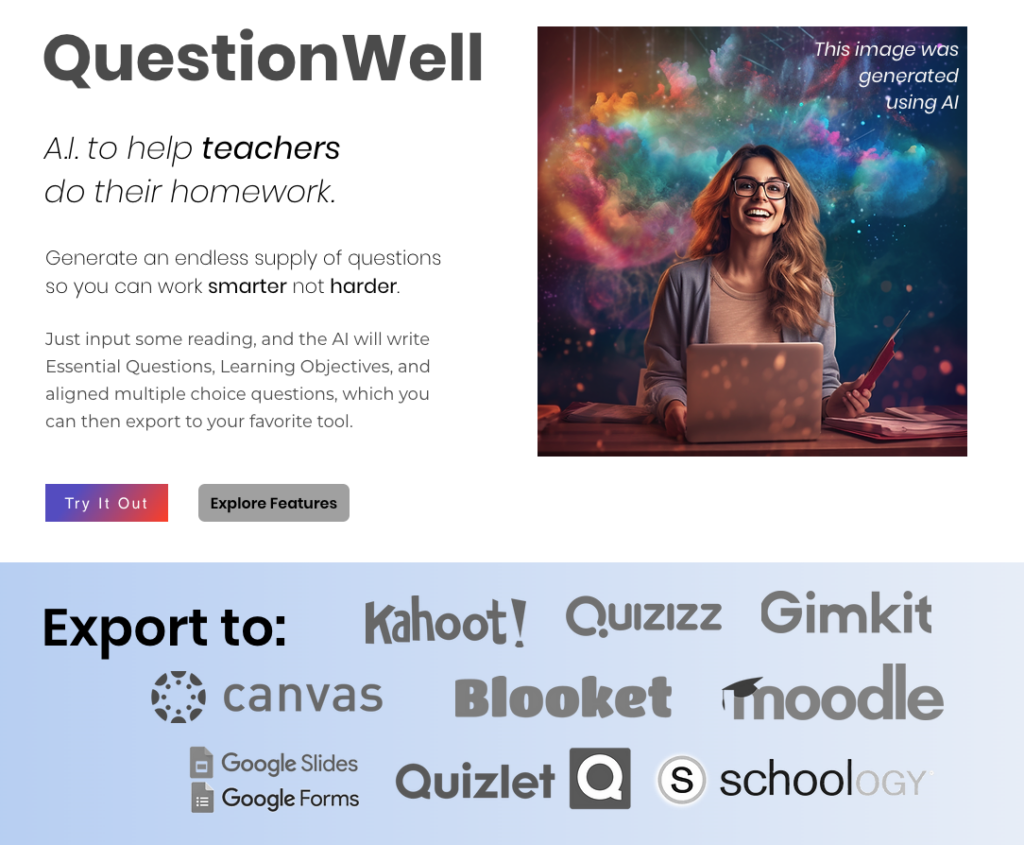
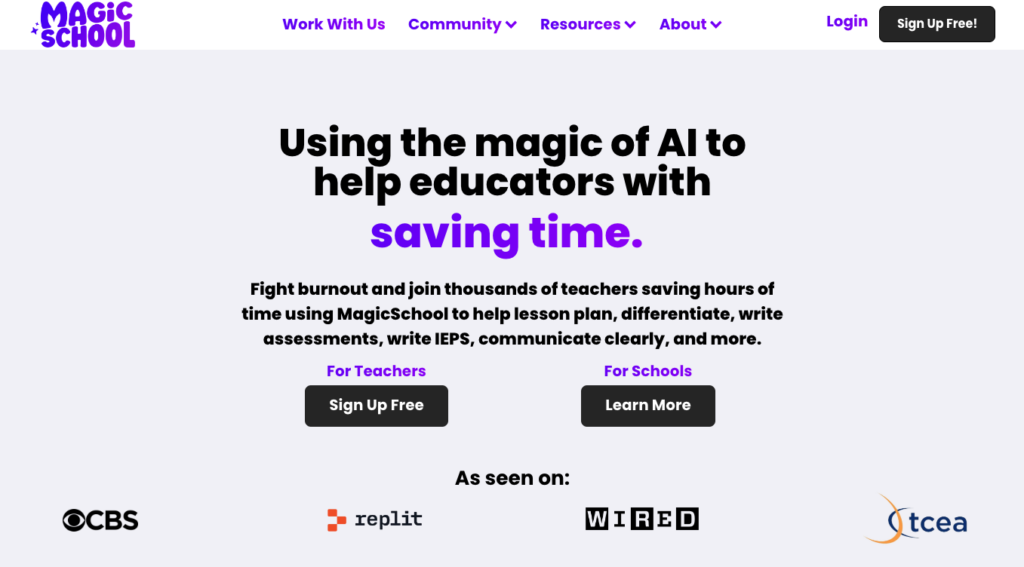



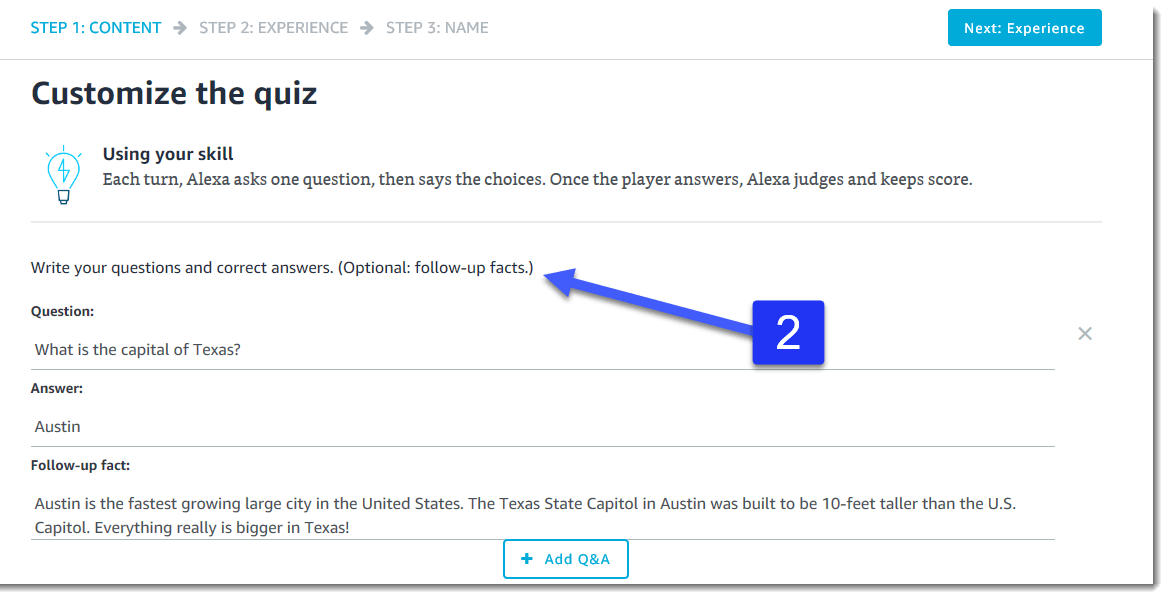




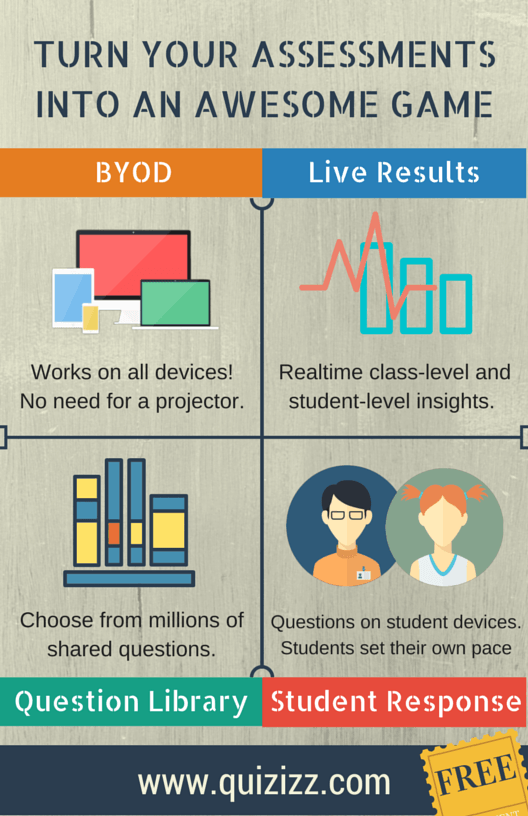


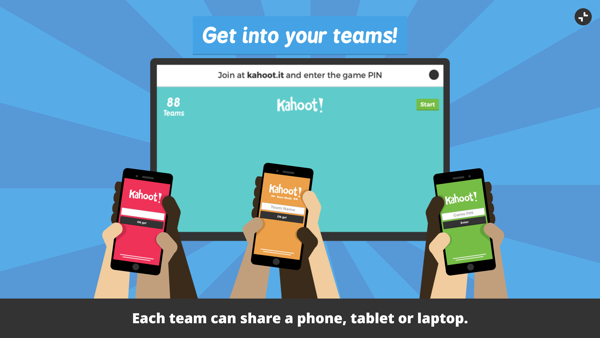 Kahoot has upped its game by adding a Team Mode. Students get into teams with just one device between them. The teacher opens up a Kahoot! and now has the choice of selecting between Classic and Team Mode. Team captains (kids holding the devices) enter their team’s name and their players’ nicknames. Then they begin the game. This will be great for helping kids learn to work together or for those classrooms where devices are limited.
Kahoot has upped its game by adding a Team Mode. Students get into teams with just one device between them. The teacher opens up a Kahoot! and now has the choice of selecting between Classic and Team Mode. Team captains (kids holding the devices) enter their team’s name and their players’ nicknames. Then they begin the game. This will be great for helping kids learn to work together or for those classrooms where devices are limited.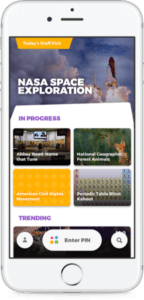 At the ISTE conference in San Antonio, Kahoot! unveiled a new mobile app for the game. What’s great about the app is that now both the questions and the answers will appear on the student screens. (Before, students had to look at the projected image in the classroom to see the question and then answer it on their own devices.) It also includes Challenges that can be issued by the teacher or by students to each. You can preview the new app (available in both Android and iOS) by signing up to be a
At the ISTE conference in San Antonio, Kahoot! unveiled a new mobile app for the game. What’s great about the app is that now both the questions and the answers will appear on the student screens. (Before, students had to look at the projected image in the classroom to see the question and then answer it on their own devices.) It also includes Challenges that can be issued by the teacher or by students to each. You can preview the new app (available in both Android and iOS) by signing up to be a